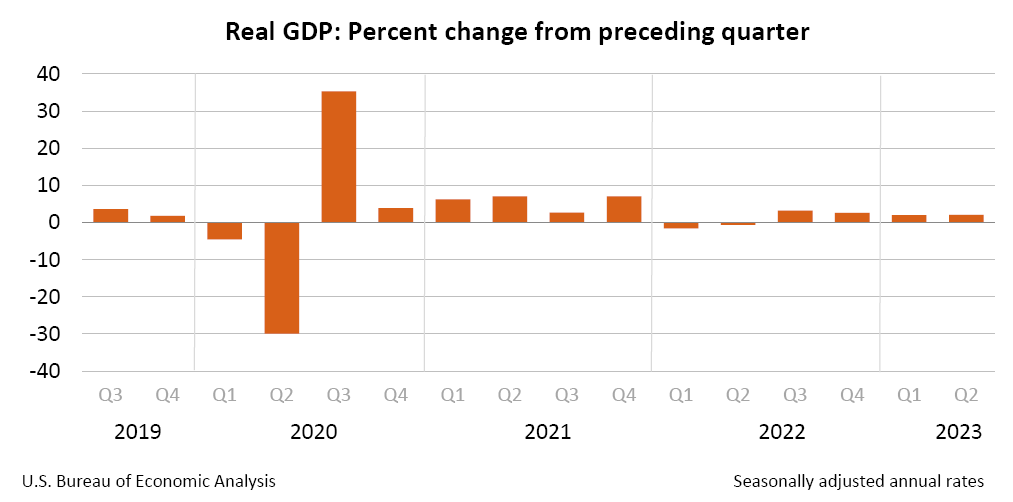NYC rents slip again as listings for available apartments pile up
- Manhattan median rent in October was $4,195, down 3.6 percent compared to September
- Apartment listings were up over 30 percent last month, creating competition for owners
From Brickunderground.com, Jennifer White Karp, November 9, 2023
There’s some good news for apartment hunters: A lot more rentals were available last month in New York City compared to a year ago, a surge in inventory that caused rents to drop just slightly. If you’re looking for a new rental, this is likely to be the trend going forward.
It’s largely due to the calendar —the market has passed the peak summer rental season. Manhattan median rent for new leases in October was $4,195, down 3.6 percent compared to September, according to the latest edition of the Elliman Report, which looked at the Manhattan, Brooklyn, and Queens rental markets. There were larger monthly drops in median rent for Brooklyn (5.7 percent) and Queens (9.4 percent).
Rents are likely to remain flat with only small dips for the foreseeable future, says Jonathan Miller, president and CEO of appraisal firm Miller Samuel and author of the report. Don’t expect a sharp decrease—because that’s not how the NYC rental market works.
Even though rents were down on a monthly basis in Manhattan, they were still up 20 percent from the pre-pandemic era. (Manhattan’s median rent in October was also 4.6 percent higher than a year ago.)
Far fewer Manhattan renters signed new leases in October compared to the prior year, an indication that more renters are renewing their leases, which has been a pattern for the past four months. Lease signings dropped 31.3 percent compared to October 2022. Lease signings were also down 8.7 percent compared to the previous month.
Manhattan vacancy’s rate fell below 3 percent just one month after hitting that peak.
Increasing listings
The other part of this tale is rising inventory, which makes more competition for landlords and keeps them from raising rents, at least in the short term. Compared to a year ago, Manhattan apartment listings were up 31.3 percent last month.
Miller says inventory has been rising for the past six months but points out the market doesn’t have a glut like it did during the depths of the pandemic, when the number of available listings was triple what’s available in Manhattan now.
“Inventory is clearly up now but still significantly below the surplus we saw in 2021,” Miller says.
The Corcoran Group also released Manhattan and Brooklyn rental market reports for October. Gary Malin, chief operating officer at The Corcoran Group, notes that a decline in leasing is typical for this time of year, but the slowdown has reached Manhattan luxury rentals. These renters are not usually as price sensitive, he says.
Owners of luxury apartments lowered rents for new leases as a result, “the first pricing decline for doorman [rentals] in over two years,” Malin says.




